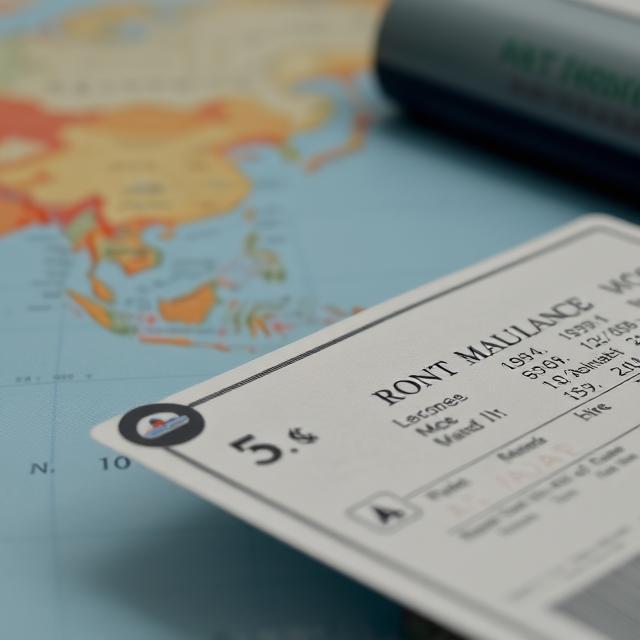How to Avoid TDS on Foreign Remittance: A Complete Legal Guide
Introduction
Sending money abroad (foreign remittance) often attracts Tax Deducted at Source (TDS) in India under Section 195 of the Income Tax Act. However, with proper planning, you can legally avoid or minimize TDS on foreign remittances.
This guide covers:
✔ When TDS applies on foreign remittance
✔ Legal ways to avoid TDS on international transfers
✔ Documents required for TDS exemption
✔ Recent RBI and Income Tax rules
✔ Alternate remittance options to reduce tax liability
We’ll also explore related concepts like LRS (Liberalized Remittance Scheme), Form 15CB/15CA, DTAA benefits, and RBI compliance for a complete understanding.
When is TDS Deducted on Foreign Remittance?
Under Section 195, banks deduct TDS when:
- Sending money abroad under LRS (above ₹7 lakh/year)
- Paying for foreign services (consultancy, software, royalties)
- Investing overseas (stocks, property, education)
Standard TDS Rates:
| Transaction Type | TDS Rate |
|---|---|
| LRS Remittance (General) | 5% |
| Overseas Investments | 20% (if no PAN) |
| Royalties/Technical Fees | 10% |
Note: TDS applies only on the taxable component, not the full amount.
5 Legal Ways to Avoid TDS on Foreign Remittance
1. Submit Form 15CB & Form 15CA (For Non-Taxable Payments)
- Form 15CB: Chartered Accountant certifies the remittance is not taxable.
- Form 15CA: Self-declaration filed on the Income Tax portal.
- Exemption: No TDS if the payment is for:
- Education loans
- Medical treatment
- Gifts to relatives
2. Claim DTAA Benefits (Double Taxation Avoidance Agreement)
- India has treaties with 90+ countries to prevent double taxation.
- Example: If you pay taxes in the US, you can avoid TDS in India by submitting Tax Residency Certificate (TRC).
3. Split Remittances Below ₹7 Lakh/Year (LRS Limit)
- LRS allows ₹7 lakh/year without detailed scrutiny.
- Strategy: Split large transfers across family members.
4. Use Credit Card for Foreign Spending
- No TDS on international credit card spends (excluded from LRS limit).
- Note: RBI now includes credit cards under LRS (check latest rules).
5. Opt for Tax-Free Remittance Purposes
- No TDS on:
- Education fees (with admission proof)
- Medical emergencies (hospital bills required)
- Maintenance of close relatives (declaration needed)
Documents Required for TDS Exemption
| Purpose | Documents Needed |
|---|---|
| Education | Admission letter, fee receipt |
| Medical | Hospital invoice, doctor’s certificate |
| Gifts | PAN of recipient, relationship proof |
| Investments | Form 15CB, TRC (if under DTAA) |
RBI’s Latest Rules on Foreign Remittance (2024 Updates)
- Credit cards now included under LRS (but no TDS if spent directly abroad).
- ₹7 lakh limit remains unchanged.
- Stricter scrutiny on high-value remittances.
Common Mistakes to Avoid
❌ Not filing Form 15CA/15CB → Mandatory for remittances over ₹5 lakh.
❌ Wrong PAN details → Higher 20% TDS deduction.
❌ Ignoring DTAA benefits → Paying extra tax unnecessarily.
Alternate Options to Reduce TDS
- Use forex cards (lower charges than bank transfers).
- Split payments across financial years.
- Consult a CA for complex transactions.
Conclusion
You can legally avoid TDS on foreign remittance by:
✔ Using Form 15CB/15CA for non-taxable payments
✔ Claiming DTAA benefits if applicable
✔ Keeping remittances under ₹7 lakh/year (LRS limit)
✔ Using credit cards for spending (not transfers)
Always consult a tax expert for large transactions to ensure compliance with RBI and Income Tax laws.












